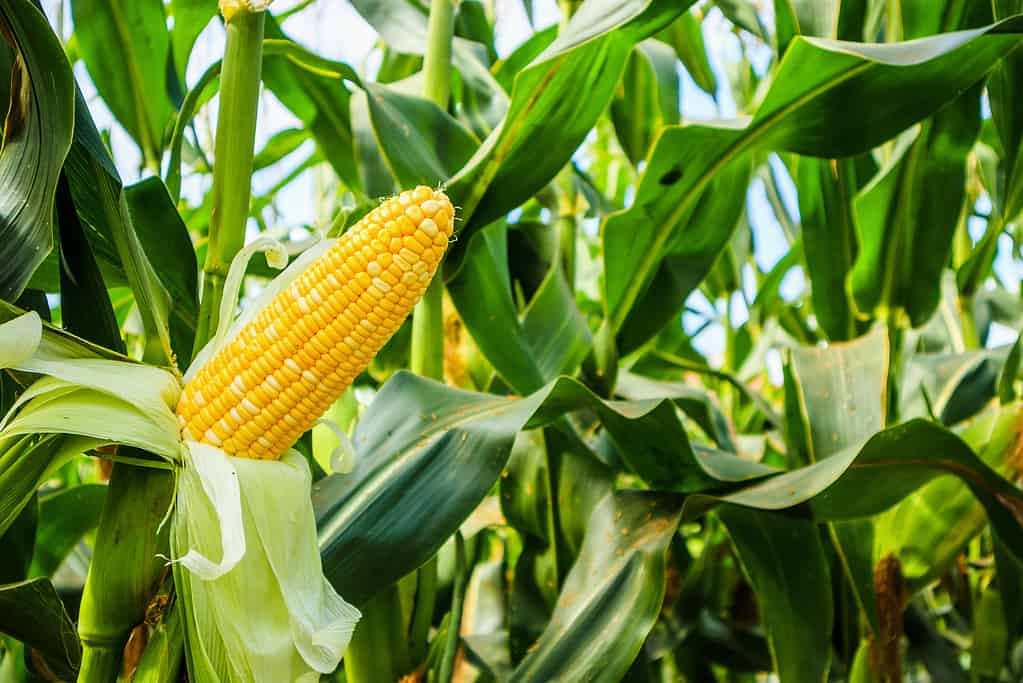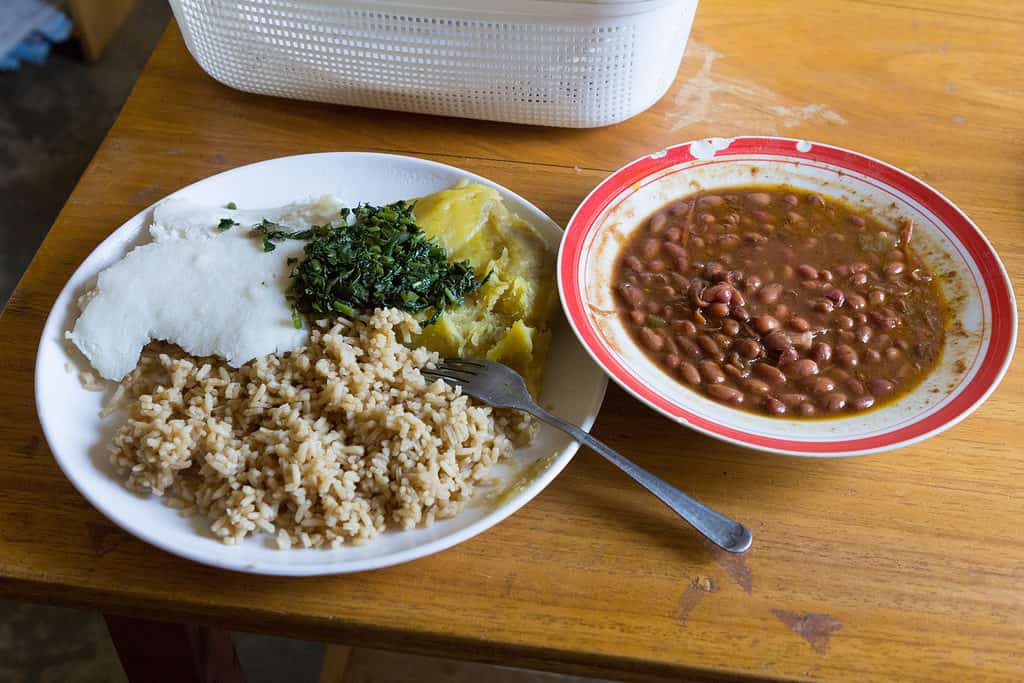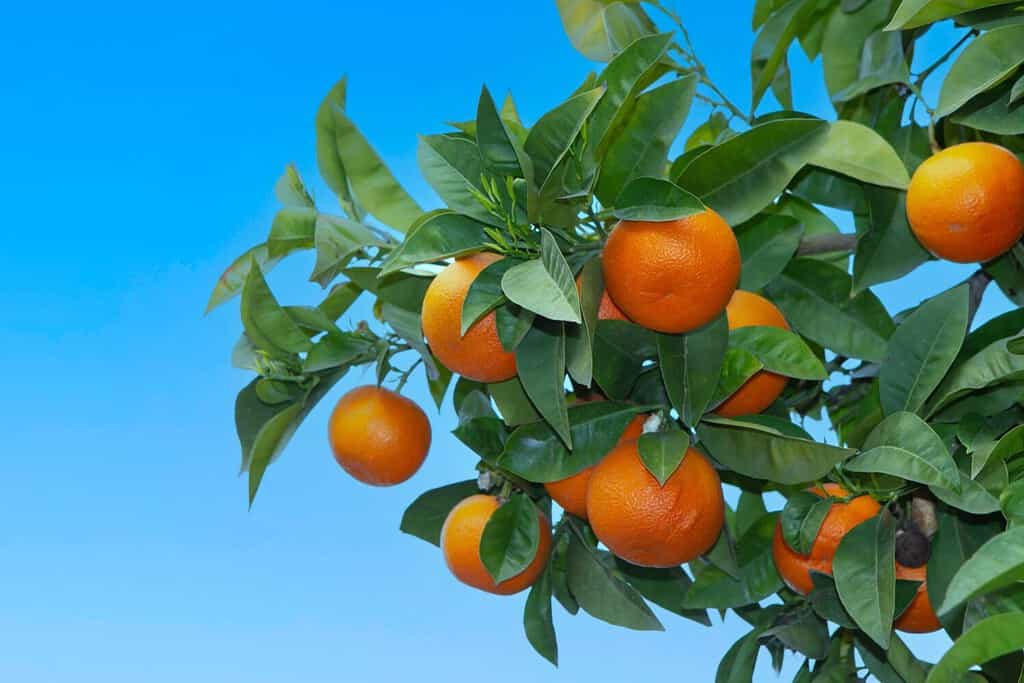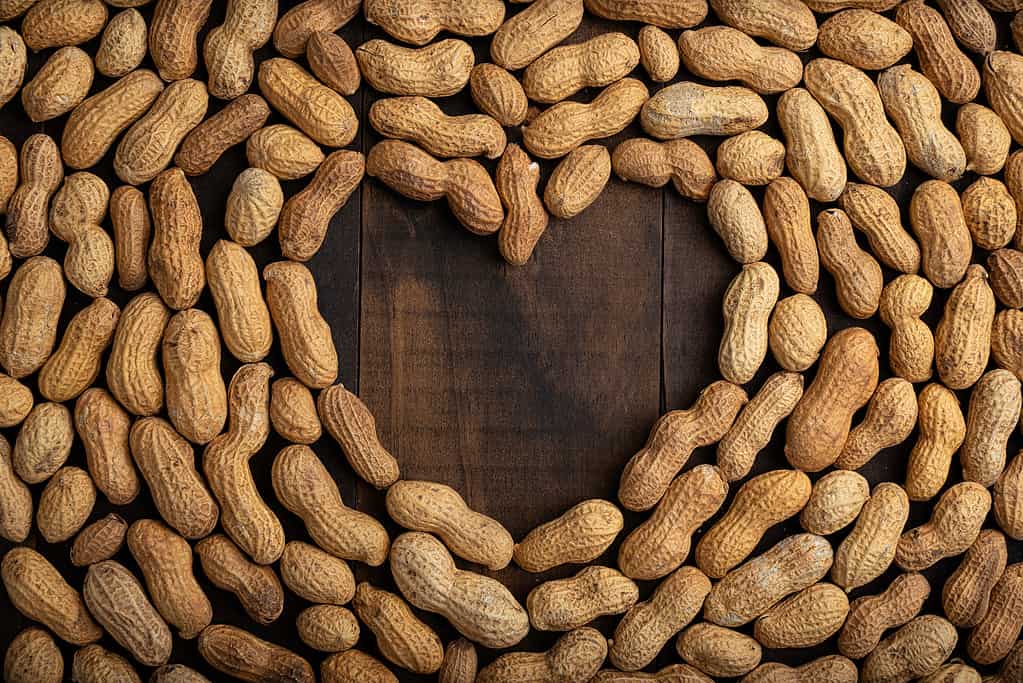Texas is renowned for its larger-than-life everything. It is also no stranger to agriculture’s grandeur. From the sprawling plains of the Panhandle to the sultry Gulf Coast, this state boasts an agricultural prowess that’s second to none. In this article, we’re diving deep into the Texan soil to uncover the most valuable crops harvested in the state.
1. Cotton
Cotton is a versatile and valuable crop widely cultivated in Texas, earning its status as one of the state’s most prominent agricultural commodities. This fibrous plant, scientifically known as Gossypium, is celebrated for its myriad uses and economic significance.
Cotton’s primary product is the fluffy fiber that surrounds its seeds. A wide variety of textile items, including garments, bed linens, and industrial components, are made from this fiber, which is mostly constituted of cellulose. Because of its inherent qualities, like as breathability and absorbency, it is frequently used for apparel in a variety of conditions.
The Lone Star State’s ideal climate and extensive acreage contribute to its dominance in cotton production. Texas is renowned for its cotton-friendly weather, with warm temperatures and consistent rainfall during the growing season. The state’s vast plains and fertile soils create an ideal environment for cotton cultivation.
Cotton’s economic importance in Texas is immense. The cotton industry generates billions of dollars annually and provides employment opportunities for thousands. Furthermore, it supports related sectors like cotton ginning, warehousing, and transportation. The crop’s resilience to drought conditions and adaptability to varying soil types make it a reliable source of income for farmers, contributing significantly to the state’s economy.

Cotton is used for the production of clothing.
©iStock.com/batuhan toker
2. Corn
Corn is a staple crop with a rich history in the United States and holds a prominent position in Texas agriculture. This versatile plant, native to the Americas, is celebrated for its diverse applications and significant economic contribution.
Corn is a cereal grain characterized by its tall stalks bearing ears filled with rows of kernels. These kernels, encased in a protective husk, come in various colors like yellow, white, and even blue. Corn’s adaptability allows it to thrive in diverse climates, making it a vital crop for Texas, which features a range of environmental conditions.
The uses of corn are extensive and varied. One of its primary purposes is as a food source. Corn kernels can be consumed fresh, dried, or processed into countless products, including cornmeal, corn syrup, and popcorn. Livestock feed is another critical application, supporting Texas’ substantial livestock industry. Moreover, corn serves as a raw material in the production of ethanol, a renewable biofuel that reduces greenhouse gas emissions when blended with gasoline.
In Texas, corn’s value as a crop is undeniable. The state’s rich soils, plentiful sunshine, and easy access to water supplies make it the perfect place to grow corn. Texas routinely ranks as one of the top states for corn production in the nation. Corn is a crucial export crop, making a considerable contribution to the state’s economy in addition to being important for local consumption.

Corn comes in many different varieties.
©iStock.com/Kwangmoozaa
3. Rice
Rice is another common crop in Texas, celebrated for its versatility and economic significance. It is a cereal grain that grows in paddies or fields flooded with water, primarily known for its role as a staple food worldwide.
Rice is an essential source of food for billions of people worldwide. The grain is a common element in many recipes, from sushi in Japan to risotto in Italy, and is a staple food in many countries. It is a plentiful supply of carbs, providing valuable energy to any diet. Just as well, rice may be used to make items like rice bran oil and flour, expanding the variety of food products available.
In Texas, rice holds a unique position in agriculture. It is one of the state’s most valuable crops, particularly in regions with a suitable climate for its cultivation. The Gulf Coast region of Texas, with its ample water supply and warm climate, is ideal for rice production. Additionally, the state’s extensive infrastructure, including irrigation systems and processing facilities, supports the rice industry’s growth.
Rice’s economic importance in Texas is substantial. It not only generates revenue for farmers but also fuels related industries such as milling, marketing, and transportation. Furthermore, rice farming plays a crucial role in water conservation efforts as it utilizes flood irrigation, helping maintain wetland habitats and controlling pests.

Rice is a staple food in many different dishes.
©Adam Jan Figel/Shutterstock.com
4. Wheat
Wheat stands as one of the most essential and valuable crops cultivated in Texas. This cereal grain has a rich history dating back thousands of years and plays a critical role in global food production.
Wheat is characterized by its tall stalks crowned with clusters of small, tightly packed kernels. It comes in various varieties, with the most common being hard red winter wheat, soft red winter wheat, and hard red spring wheat. These variations have unique qualities that make them suitable for specific end uses, such as baking, milling, or pasta production.
The primary use of wheat is in the production of flour, a fundamental ingredient in countless food products. Bread, pasta, pastries, and a wide range of baked goods rely on wheat flour for their creation. Wheat also serves as a critical component of livestock feed, supporting Texas’ robust agricultural sector.
Texas is a significant player in wheat production, ranking among the top wheat-producing states in the U.S. Several factors contribute to wheat’s value in the Lone Star State. Texas boasts diverse climatic regions, allowing for both winter and spring wheat cultivation. The Panhandle region, in particular, benefits from its fertile soils and favorable weather conditions, making it an ideal location for wheat farming.
Wheat’s importance in Texas extends beyond its economic value. It serves as a rotational crop, enhancing soil health and reducing the risk of pests and diseases in subsequent plantings. This crop rotation strategy contributes to sustainable agriculture practices.

Wheat is an extremely important agricultural export.
©iStock.com/IakovKalinin
5. Citrus
Citrus trees represent a diverse group of fruit-bearing trees and shrubs, including oranges, grapefruits, lemons, and limes. These vibrant and tangy fruits are not only a delightful addition to our diets but also a vital and valuable crop in Texas.
The uses of citrus extend far beyond just being a tasty snack. Citrus fruits are an essential component of a healthy diet since they are loaded with vital nutrients, especially vitamin C. They are frequently consumed raw, juiced, or used as flavorings in a variety of dishes and drinks, including marinades, sauces, desserts, and beverages. Also, citrus byproducts like peels and essential oils are used in a variety of sectors, including cosmetics and household cleaners.
Texas holds a special place in the citrus industry. The state’s southern regions, particularly the Rio Grande Valley, benefit from a subtropical climate that is ideal for citrus cultivation. The warm winters and ample sunshine provide the perfect conditions for citrus trees to thrive and produce high-quality fruit. This climate advantage allows Texas to produce citrus crops earlier in the season, meeting market demands and earning a competitive edge.
The economic significance of citrus in Texas is substantial. It ranks among the state’s top fruit crops, generating millions of dollars in revenue annually. Citrus farming also plays a vital role in supporting local communities through job creation, as it requires labor-intensive activities like harvesting and packing. Furthermore, the citrus industry contributes to Texas’ tourism sector, drawing visitors to citrus orchards, festivals, and related attractions.

Citrus trees are a common Southern US crop.
©Thanasis F/Shutterstock.com
6. Peanuts
Peanuts are legumes, though they are often mistakenly considered nuts. They grow underground and are renowned for their numerous uses, economic significance, and adaptability to the Texan climate.
Peanuts are primarily cultivated for their edible seeds, which develop underground. The plant produces yellow, oval-shaped blooms, and once they are pollinated, they turn into pods that contain the seeds, which are known as peanuts. These peanuts may be picked and eaten in a variety of ways, such as roasted, boiled, or made into peanut butter. They are a mainstay in many diets because they are a great source of protein, good fats, and other nutrients.
Texas has the perfect temperature for producing peanuts, especially in the High Plains area where the sandy soil and mild heat provide for optimum growth circumstances. The nation’s top producers of peanuts are typically found in this state. Texas farmers are drawn to it because of its versatility in both irrigated and dryland farming methods.
The economic importance of peanuts in Texas is substantial. Peanuts are a significant cash crop, contributing significantly to the state’s agricultural economy. Peanut farming provides employment opportunities, particularly during planting and harvesting seasons, which benefits local communities.
In addition to their role as a food source, peanuts have a broader economic impact. The processing and marketing of peanuts support various industries, including food manufacturing and snack production. Furthermore, peanuts contribute to soil health as a rotational crop, helping control pests and improve soil fertility.

Peanuts are a popular crop in the United States.
©Sergio Hayashi/Shutterstock.com
7. Pecans
Pecans are highly regarded tree nuts known for their rich, buttery taste and a variety of culinary uses. These delectable nuts are valued in Texas not just for their deliciousness, but also because they rank highly among the most profitable goods produced there.
Texas is one of the top pecan-producing states in the country. These trees have long, brown-shelled nuts with a delectable nuttiness. Pecans come in a variety of tastes, and you may eat them raw, roasted, or use them as the main ingredient in pies, pastries, salads, and other dishes.
Pecans have great importance in Texas that goes beyond just being delicious. The state’s varied temperature and suitable soil conditions make it the perfect place to grow pecans. There are several pecan cultivars available in Texas, each with distinctive qualities that appeal to various tastes and culinary uses. Particularly noteworthy are the state’s pecan plantations, which produce premium pecans that are in great demand in both the domestic and international markets.
Pecans are a driving force in Texas’ agricultural economy. The industry generates substantial revenue, providing a livelihood for many farmers and supporting local communities. Pecan farming also contributes to Texas’ reputation as a top pecan-producing region globally.
Beyond their economic significance, pecan trees offer environmental benefits. They help conserve soil, prevent erosion, and enhance biodiversity, making them a sustainable addition to the Texan landscape. Additionally, the pecan industry fuels related sectors, including processing, distribution, and marketing, contributing to the overall prosperity of the state.

Pecans are very popular throughout Texas.
©iStock.com/Say-Cheese
Summary of the Most Valuable Crops Harvested in Texas
| # | Crop |
|---|---|
| 1 | Cotton |
| 2 | Corn |
| 3 | Rice |
| 4 | Wheat |
| 5 | Citrus |
| 6 | Peanuts |
| 7 | Pecans |
The photo featured at the top of this post is © iStock.com/sayanjo65
Thank you for reading! Have some feedback for us? Contact the AZ Animals editorial team.






